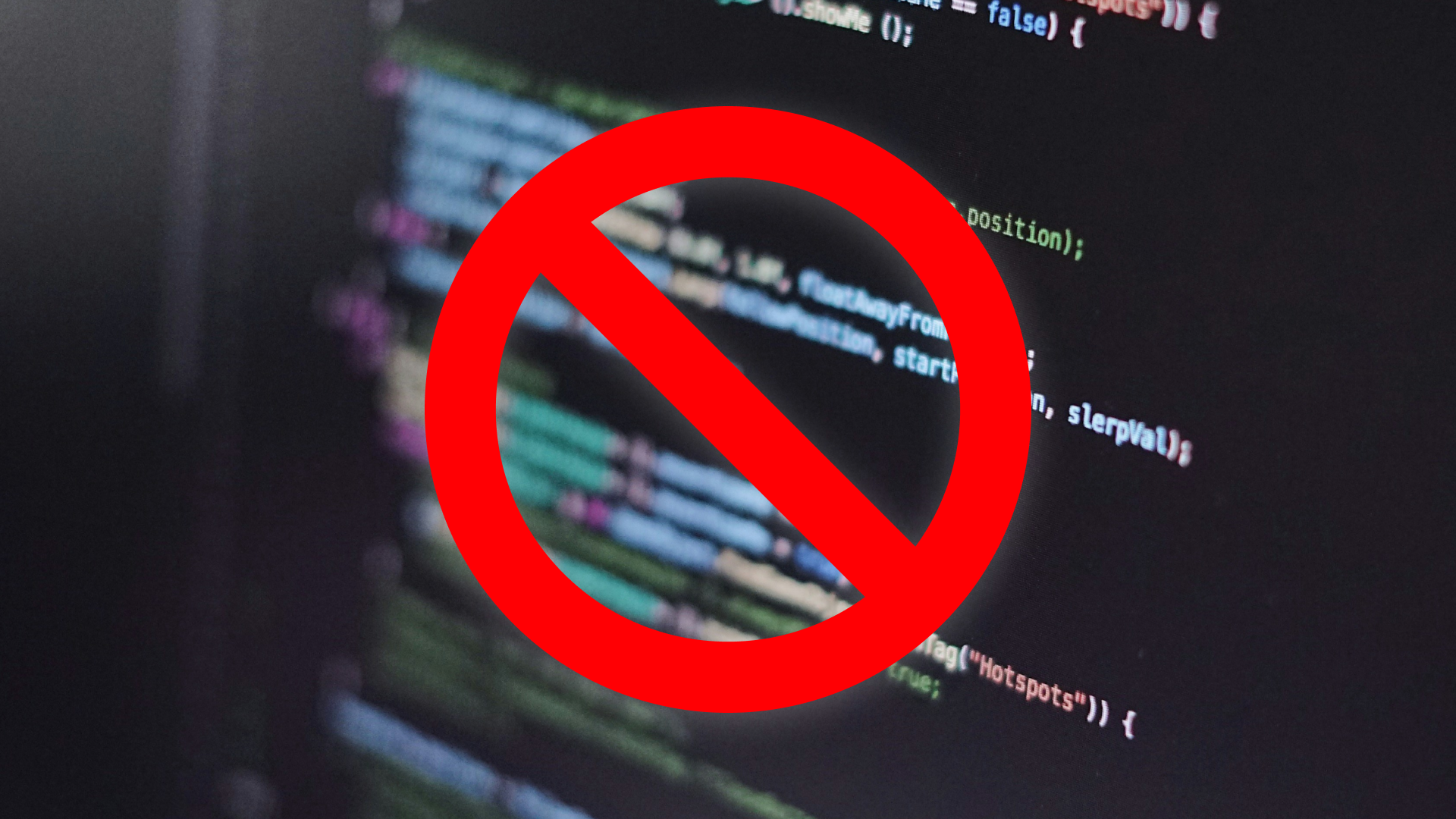Optimization in Jetpack Compose is a crucial aspect of building efficient applications. Norbert Białas prepared an overview of five basic methods that will help you with this task. Jetpack Compose, being a declarative UI framework, makes it easy to create user interfaces, but it also requires attention to performance, especially when dealing with large data sets or complex layouts. Below are the most important optimization techniques in Jetpack Compose that will help improve the performance of your application:
Recomposition Optimization
Recomposition refers to the process where Compose updates and redraws a portion of the UI. To prevent redundant recompositions, it’s important to minimize unnecessary updates. To avoid unnecessary recompositions:
- Use remember: Use the remember function to cache state across recompositions.
- remember allows you to store local state within a single Composable, which will not be lost during recomposition
- rememberSaveable: It works similarly to remember, but additionally retains data after configuration changes (e.g., screen rotation).

- derivedStateOf: If you have calculations dependent on state, use derivedStateOf to avoid recalculating them during every recomposition.

- Use key in lists: In the case of dynamic lists of data (e.g., LazyColumn), use the key to identify items so that Compose can handle them more efficiently.

List and Scrolling Performance
LazyColumn/LazyRow: Instead of using the traditional Column or Row, always use LazyColumn or LazyRow to display large data sets. These components only render the visible items, saving resources.
Image Loading Optimization
Loading and rendering images can be expensive, especially if they are large or need to be loaded asynchronously from the network. Coil is a popular image loading library for Android that integrates seamlessly with Jetpack Compose. It offers features like image caching, lazy loading, and automatic memory management.
Coil automatically caches images to disk and memory, but you can configure the cache size if you want to control this behavior.

Layout Optimization
Nested layouts can result in excessive recompositions and layout calculations. Try to flatten nested layouts when possible.

If you want to create a view where elements overlap, Box is a great solution. You can place other views inside it, and they will overlap on top of each other.

Minimizing the Use of Modifier
In Jetpack Compose, the Modifier is a powerful tool used to apply layout, drawing, interaction, and behavior changes to composables. However, overusing or incorrectly applying Modifier can lead to inefficiencies, unnecessary recompositions, and a cluttered codebase. Minimizing the use of Modifier can improve readability and performance in your app. By using remember to cache the Modifier, you avoid unnecessary recomposition the Modifier when the condition doesn’t change. You can also use Modifier on items in a similar way.

Conclusion
Optimizing an app in Jetpack Compose is an ongoing process that requires experimentation, profiling, and testing to find the most efficient approach in the context of the app’s specific requirements.





